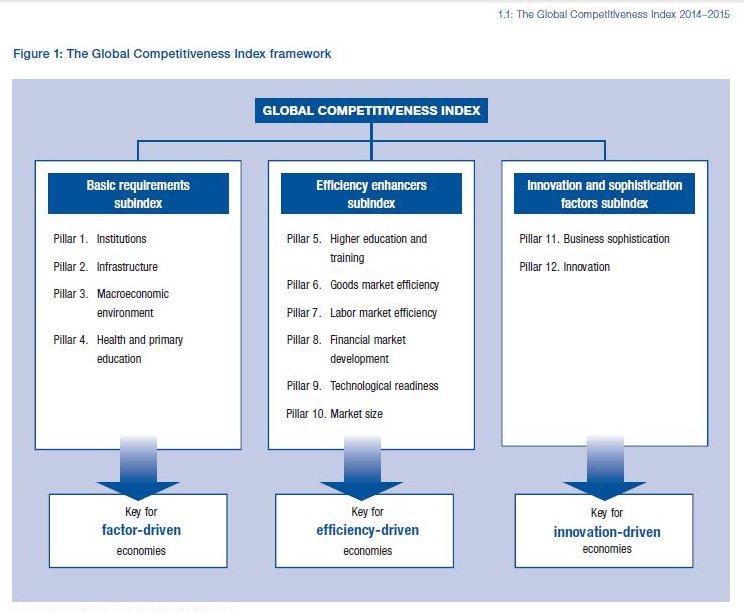By Billie Bowe
I had the great privilege of speaking at the Bahamas National Junior Achievement Conference held in Freeport, Grand Bahama, The Bahamas in February of this year under the topic, entrepreneurship. For me this was a no brainer as I am an entrepreneur and always have been. Yet, true to form, I embarked upon what some might consider extensive research into the topic, just in case something had changed within the last decade. Of course I learned some new things and was reminded of some not so new things. In general however, all I found was more evidence to substantiate what I have known for years; entrepreneurs are the ones who make the world go around. And while not all entrepreneurs “fit” into any strict definition, they do seem to possess one critical attribute, the ability to see a problem and to creatively find a solution.
Needless to say there are many books that have been written on the topic of entrepreneurship. Many principles or theories exist as to what it takes to become an entrepreneur and how to succeed as an entrepreneur. There are even tests, assessments and online tools all intended to determine your “entrepreneurial potential or DNA”. If you feel you are destined to be your own boss, here are some helpful tips to boost your problem solving skills because at the heart of it all, is humankind’s innate instinct to solve problems which gives way to the numerous innovative products and services of our 21st century lives:
Focus on the solution – not the problem. In contradiction to Albert Einstein’s famous quote that if he had an hour to save the world, he would spend fifty-five minutes defining the problem and only five minutes finding the solution, I beg to differ. It’s pretty easy to spend endless hours hashing out a problem but it could be energy well wasted in the end. Your time would be better spent focusing on solutions. Obviously the ability to identify the actual problem is crucial. But in the context of entrepreneurship, the most successful entrepreneurs are solutions driven. Problem identification for them is challenging but in a good way. It fuels them, but finding solutions is what really gets them going. To them, there is no such thing as a crazy or farfetched solution to a problem. When we place too much emphasis on the problem, then the problem consumes our thoughts, which sends negative signals to our brains limiting our ability to generate ideas. Don’t limit your ideas by dwelling on the problem more so than the solution. Focus on strengthening those critical thinking skills.
Brainstorm – draw a circle in the middle of a page and write down a problem. Then, draw lines from that circle and write down some solutions. Don’t worry if they’re wacky, impossible, or silly; this is a time for creative thinking, not critical thinking. Capturing the range of ideas is what is important here. When it comes to problem solving, taking a solutions-focused approach will no doubt cause you to begin to open your mind to endless possibilities to solving a problem. Let your mind run wild with solutions, the “what ifs”. The crazier the solution the better because out of all of the solutions you brainstormed, there may be that one viable solution worth exploring.
If you’re thinking this problem is too big, don’t – again, move away from focusing on the problem and labeling it as “too big or complex”. Of course some problems present in varying degrees of complexity but honing the techniques to problem solving through practice, allows for creativity to flourish. There are no limitations to what possible solutions exist. Man wanted to get from point A to point B faster, enter the motorized vehicle. Who would have thought space exploration would ever be possible? Yet we’ve been to the moon and back. Talk about innovation! As an entrepreneur the common phrase, think outside the box, certainly applies. When we categorize problems as too complex we stunt our creative juices from flowing.
The upside down approach – problem-solving is all about applying educated trial and error. With so many different kinds of problems to deal with, there is no system that works in every situation. Many solutions are possible, and some are better than others. One powerful perspective in defining a problem is to look at it from the reverse direction. If you want more of something, figure out what you get less of as a result. Investigate what happens to decrease sales, or to sell fewer products, or to lose more games. If you feel that sending an employee to a conference is too expensive, consider what happens when you do send them. Change your perspective and consider things from angles you had not yet considered, and consider the consequences. What about setting up a bare bones product that does not have all the same elements as the fancy ones people are buying from your competition? The solution to the problem may be lying at the polar opposite side of how you’ve been viewing it! As Dr. Wayne Dyer says, “when you change the way you look at things, the things you look at change.”
Keep it simple – I’ll be the first to admit that on more than one occasion, I have approached a problem by over-complicating things. The computer isn’t turning on. What the heck is wrong? Should I call a technician? Should I get a screwdriver and start taking the thing apart? How about just checking to see if the power cord is plugged in or if the power switch is turned on? Avoid the natural tendency in many of us to over analyze things to death. Keep it simple, general, and stay calm. The best solution may well be the simplest one.
Source: skillsyouneed.com





